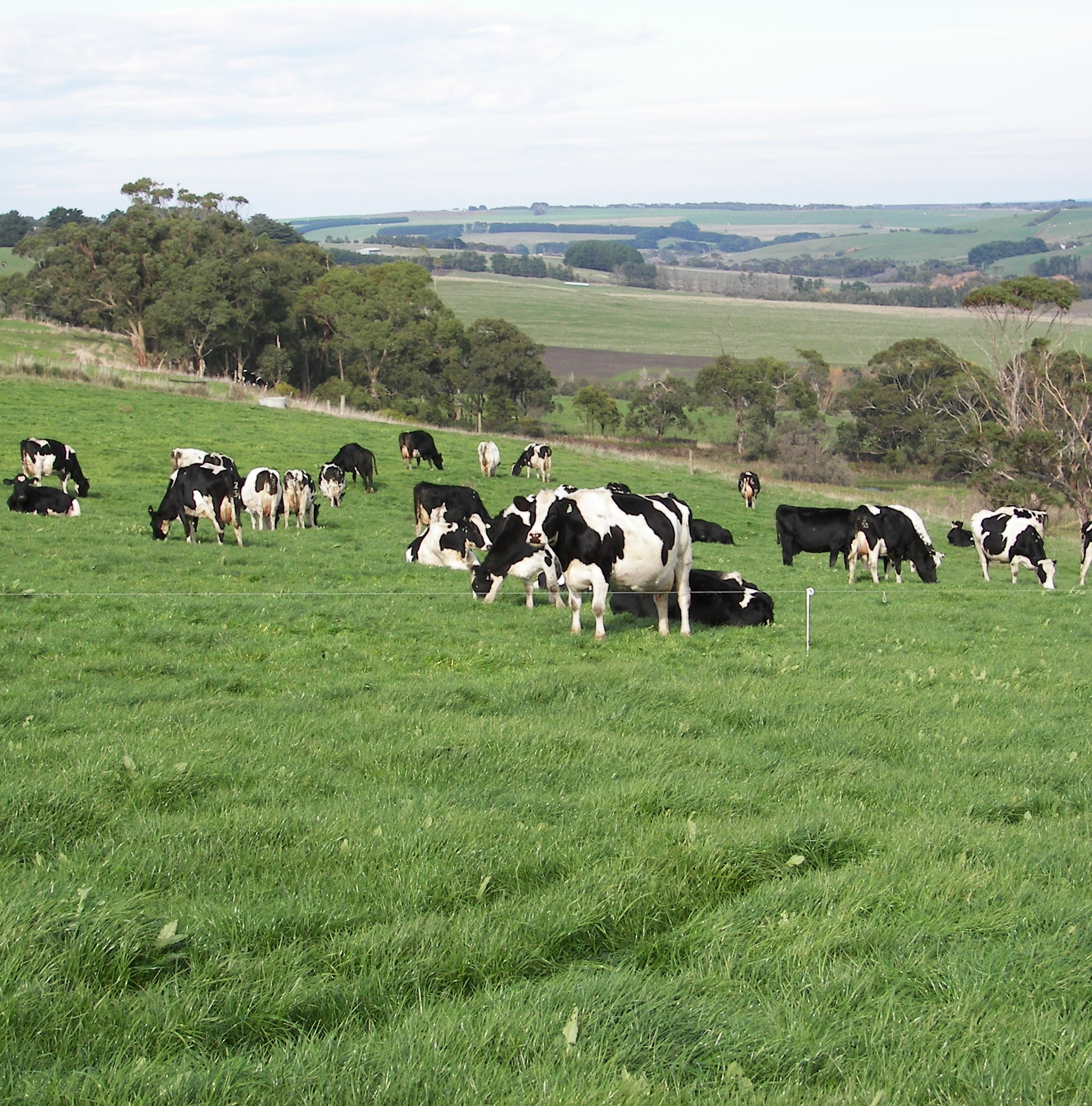Grazing AR1 Ryegrass
When grazing a standard type endophyte (wild type) pasture the increasing concentrations of some alkaloids in the base of the plant, naturally limits the grazing pressure on a plant. This prevents overgrazing and helps to ensure the plants ongoing survival. In the case of AR1™ pastures, this protection does not exist and a pasture can be destroyed through overgrazing more readily. More careful grazing management is needed to ensure the ongoing survival of an AR1™ sward.
Standard type endophyte infection in permanent pastures
The natural condition for ryegrasses in New Zealand is to be infected with endophyte (Neotyphodium lolii). This symbiotic association provides benefits to the plants such as insect pest resistance and protection from overgrazing through the production of alkaloids. There are three key compounds produced by standard endophyte responsible for this protection:
• Peramine (which has no known effect on animals)
• Ergovaline (which causes heat stress and increases faecal moistures levels in animals)
• Lolitrem B (which causes ryegrass staggers in grazing animals)
The levels of these compounds vary between different parts of a ryegrass plant and due to a number of external factors. Essentially, the compounds that deter grazing are found in higher concentrations in the lower parts of the plant, so the lower in a pasture sward an animal is grazing, the greater the deterrent to further grazing. This protection does not exist in AR1™ grasses or nil endophyte types.
Why should grazing management for AR1™ type endophyte infected ryegrass differ?
AR1™ type endophyte does not produce Lolitrem B or Ergovaline but does produce Peramine which infers some insect pest resistance on the plant. However, without the other two compounds the protection to overgrazing is removed. There is no deterrent to prevent animals grazing a plant down to its base.
Continual grazing down to a very low level can readily kill a grass plant and therefore an AR1™ endophyte pasture needs more careful grazing management than a standard or nil endophyte type pasture. A cultivar of a ryegrass with AR1™ type endophyte is in no way less able to tolerate grazing pressure then an equivalent standard type endophyte plant. There is no agronomic difference in this regard.
It is the lack of a natural control on overgrazing that can result in reduced persistence andthrough not being managed properly. The need for careful management is especially true for nil endophyte types as they are very palatable to livestock and have no natural resistance to insect attack.
Grazing management for AR1 type endophyte ryegrass
Without this natural control to limit over grazing it becomes the responsibility of the farmer to monitor pasture covers and avoid over grazing. Leaving animals on a pasture with the expectation they will or can only graze to a level that does not harm a pasture is no longer true.
The basic guideline for pasture residuals would be do not repeatedly graze below 600kgDM per ha or about 2 centimetres in height. This should prevent the plants being excessively harmed by overgrazing.
Conclusion
An AR1™ type endophyte infected ryegrass is generally more palatable than a standard endophyte type of the same cultivar and does not deter overgrazing. This means an AR1™ type pasture needs to be more carefully managed to prevent over grazing and ensure the persistence of the pasture. Note: AR1 has been developed by Grasslands Agresearch.







